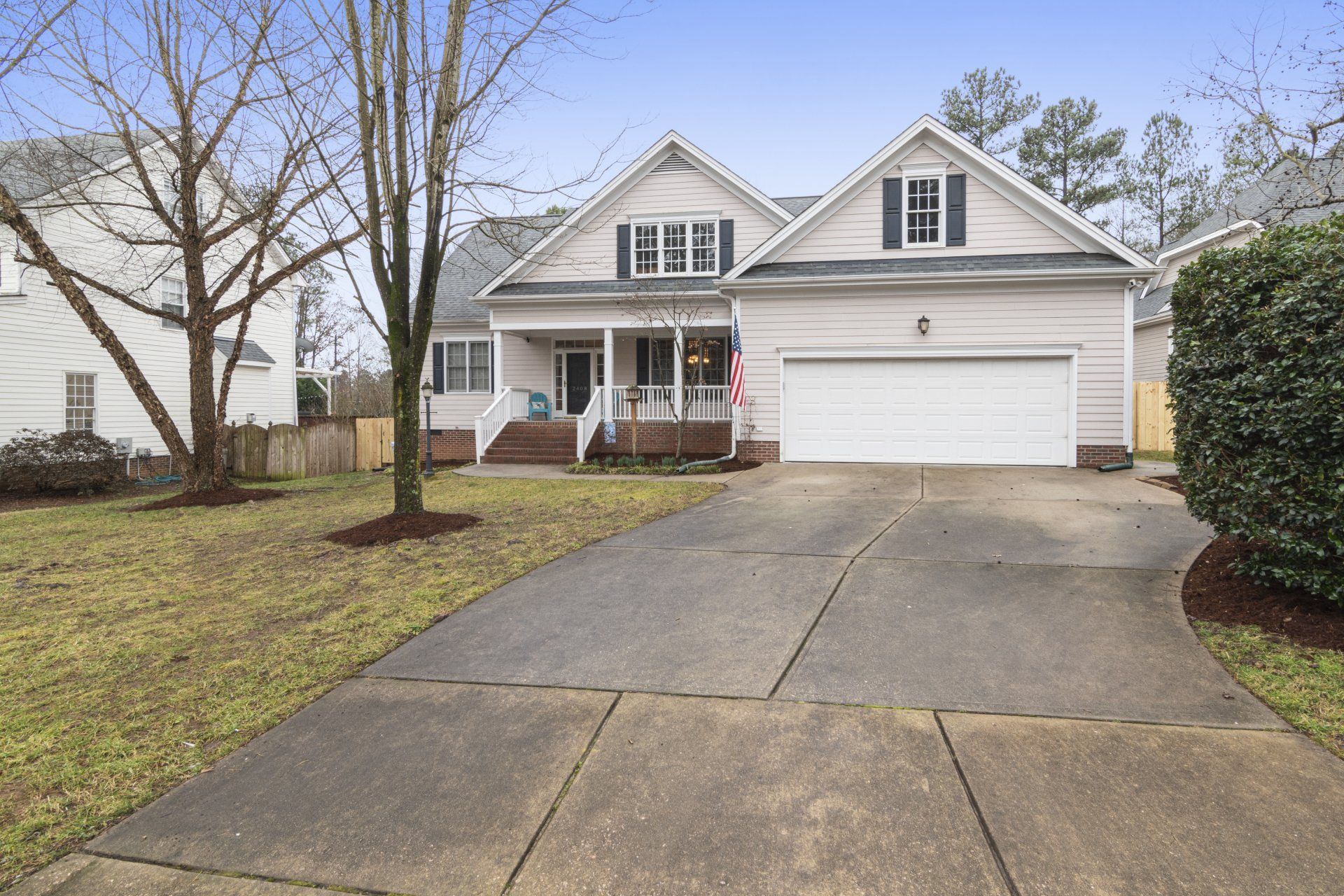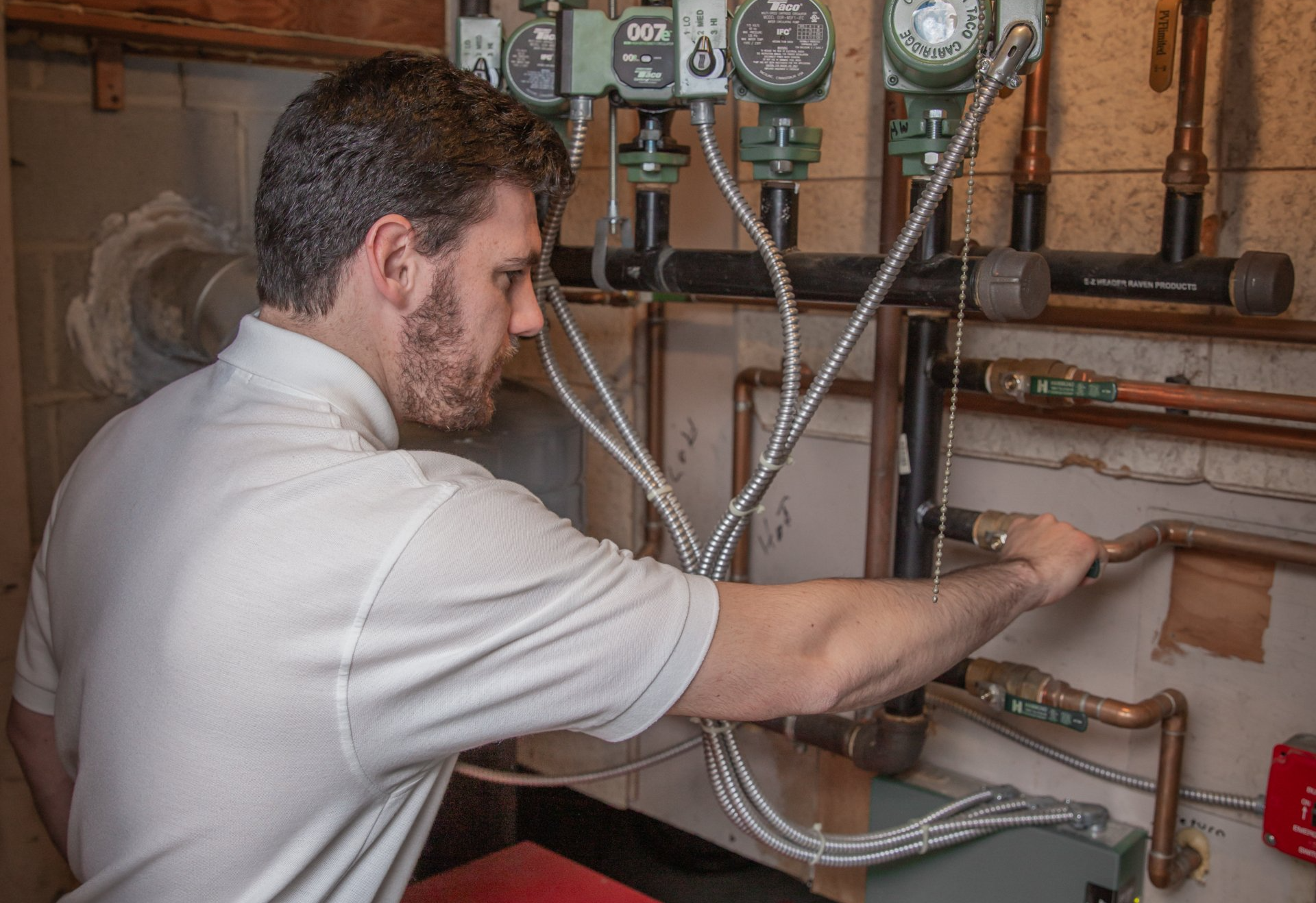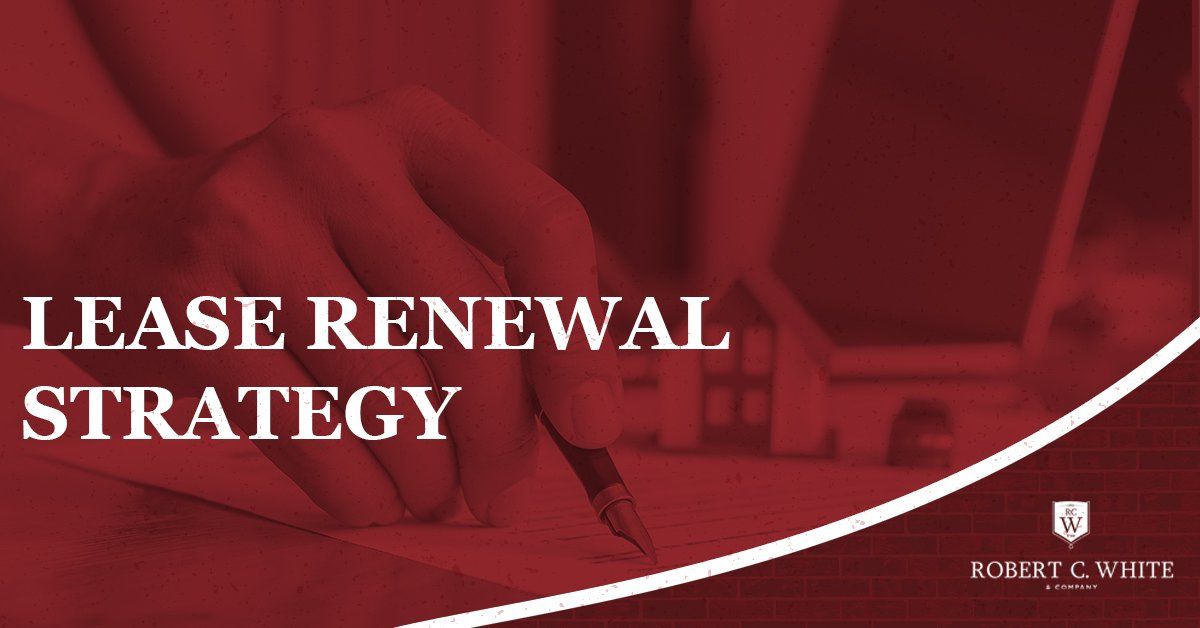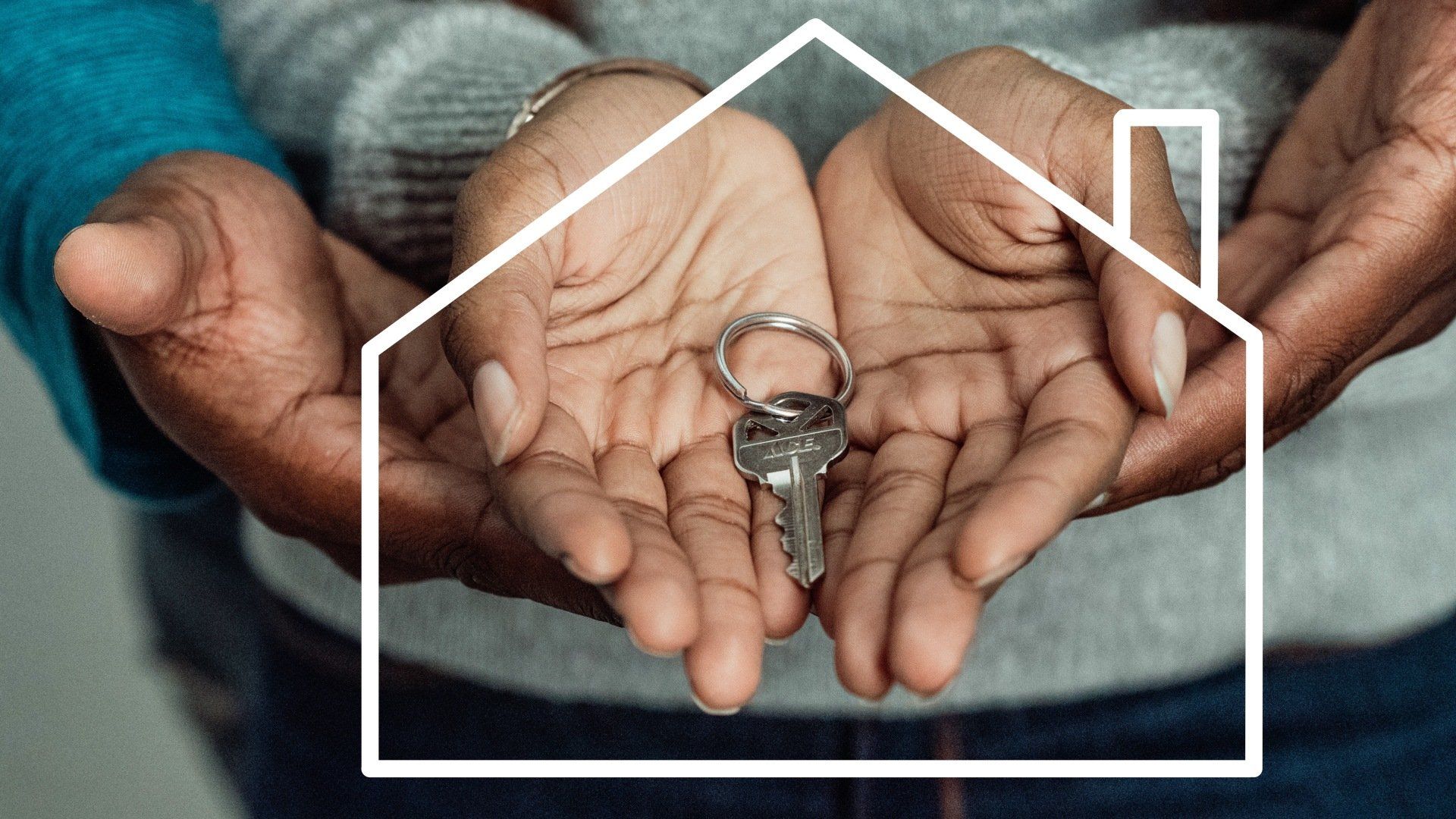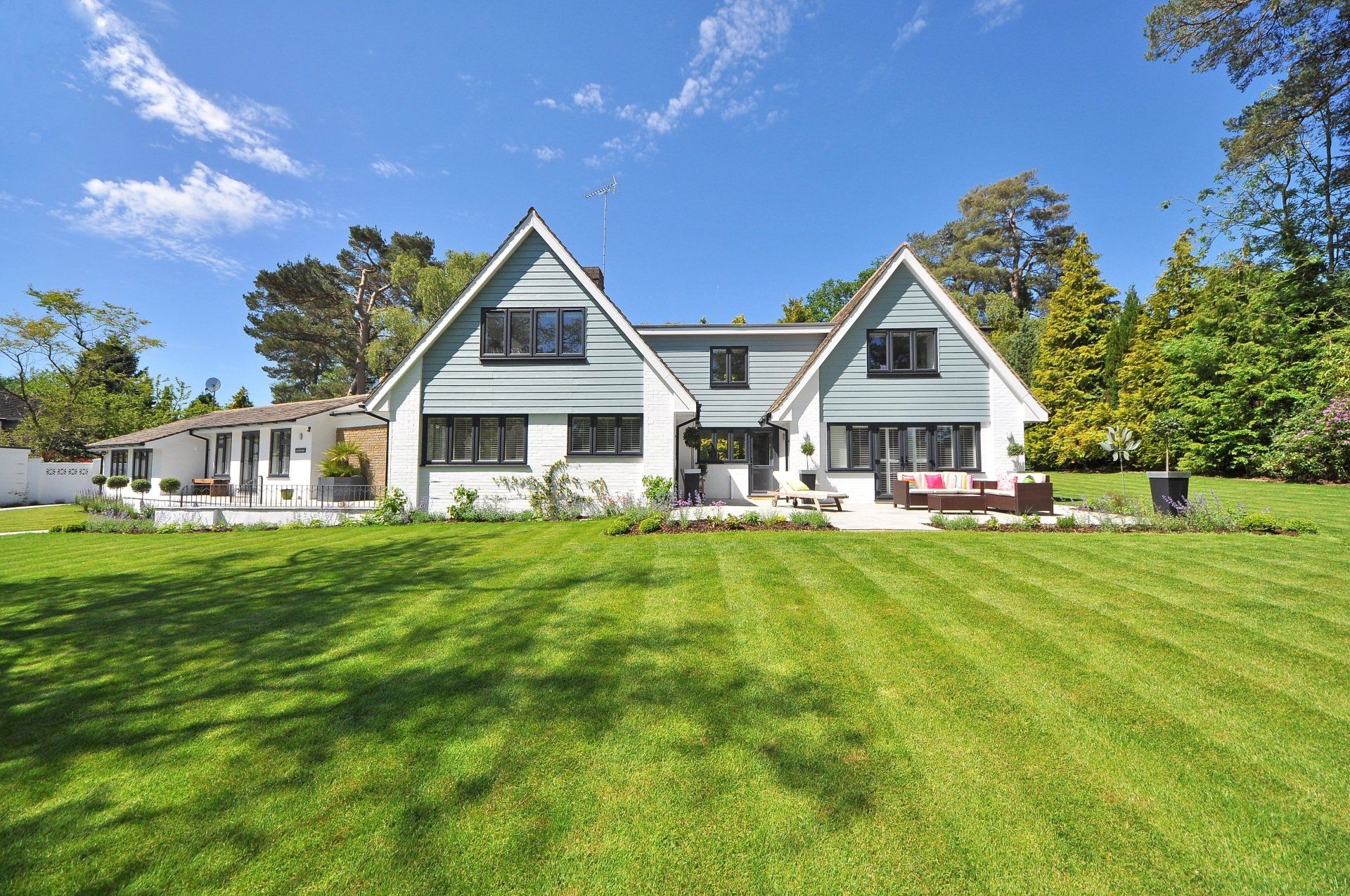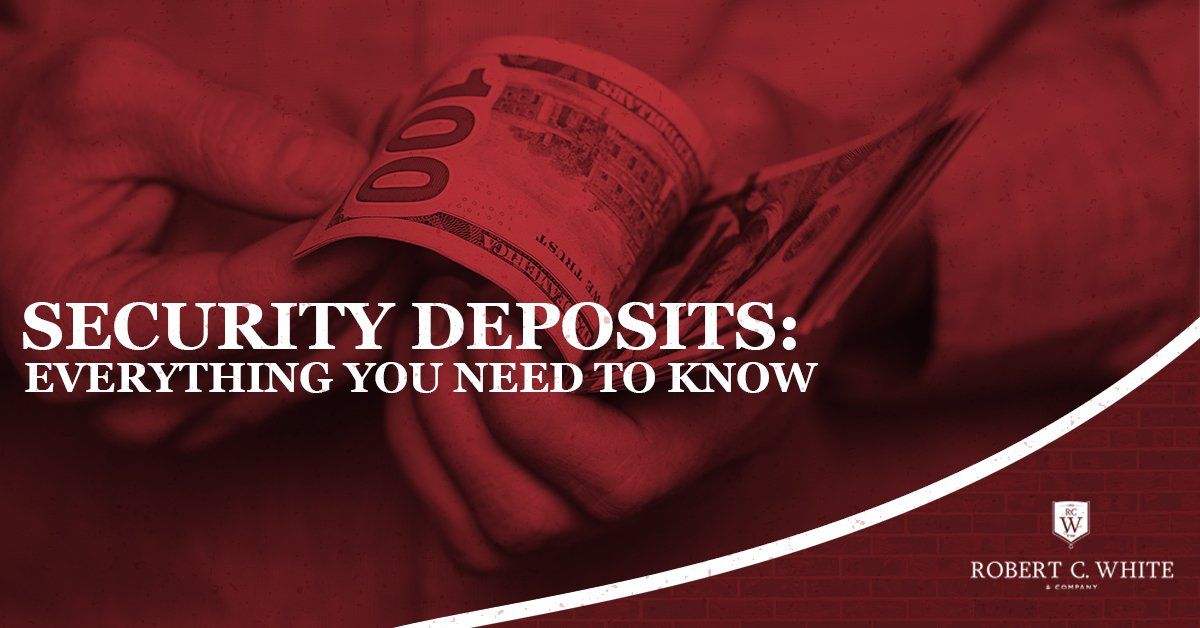Contact Robert C. White & Company
(860) 613-6290
info@robertcwhite.com
107 E. Main Street, FL2
Meriden, CT 06450
Licensed Broker #0790511
Contact Us
Landlord vs Tenant Responsibilities, Who is Responsible?
Robert C. White • April 29, 2020
There are a ton of responsibilities to tackle when it comes to renting a property. Utility costs, maintenance, lawn care, cleaning and more! These responsibilities are always split between a landlord and tenant. Let’s get one thing out of the way first though, landlords and tenants should be upfront about their expectations prior to signing a lease or paying a deposit! Clearly outline the roles and responsibilities of the landlord and tenant when marketing a unit and to be sure those roles and responsibilities are well defined in the lease document as well. Expectation setting means no surprises, and that makes everyone’s lives easier!
Typical Landlord Responsibilities
So... who is responsible for what exactly? We’ll start here with responsibilities that fall on the landlord. Firstly, property owners are required to provide a habitable living space for any tenants in their property. This includes maintaining a structurally sound building and keeping major systems fully operational (heat, water, electrical). If habitability is affected, owners have a responsibility to act quickly to remedy the conditions.
Landlords also have a responsibility to maintain a safe environment for their tenants. The property and common areas should be kept free of health and safety hazards at all times. Costly and timely legal issues can be avoided by keeping your buildings safe and secure.
Owners are also responsible for coordinating and completing repair and maintenance requests. The more serious the repair requirement, the more urgent the landlord should be in remedying the situation. Just like a car however, the owner is not responsible for repairing and maintaining every item. Changing light bulbs and regular cleaning are not part of owner responsibilities when it comes to maintenance of a rental unit.
Landlord’s also have a responsibility to follow all federal and state fair housing guidelines. They must understand fair housing codes and avoid discrimination of any kind. Owners can find relevant information on the topic at https://www.ctfairhousing.org/
The property owner is also expected to track and monitor the condition of the units. They can do so by performing regular unit walk throughs to track normal wear and tear. Owners should also maintain a maintenance checklist for future reference in case of a tenant dispute, as well as copies of the lease and other rental documents.
Typical Tenant Responsibilities
- Maintain the condition of the rental property. Keep the unit clean and sanitary, remove trash, prevent mold and dirt buildup
- Tenants should minimize damage to walls, floors, appliances, etc…Landlord’s are prepared to deal with normal wear and tear items, but not excessive damage.
- Report any issues or maintenance requests to the landlord/property manager in a timely fashion
- Tenants must use the premises for only lawful purposes
- Tenants are liable for their pets. Renters should take responsibility for pets in their unit. (Cleaning, potty training, noise level)
- Payment of monthly utilities for their unit
The Negotiables:
- In most cases, the tenant is responsible for utility expenses. There are some instances however, where the owner must take on the utility cost. One example would be a building where two apartments have a shared electric meter. This wouldn’t allow the owner to differentiate monthly usage rates between tenants, so it would be unfair to put the burden on them to split the cost. Specific to the State of Connecticut, a landlord can only charge a tenant for utilities that are individually metered! So, if you were renting a single family home in CT, the tenants could be charged back for water use, whereas this is not possible in most multi-family buildings.
- Maintaining the lawn and trimming plants/trees is another negotiable item. This responsibility is usually with the owner in multi-family units, but with the tenant renting single family homes.
- Snow removal is another responsibility typically with the owner in multi-family units and the tenant in single family properties.
There is always room for negotiation, but generally speaking, this is the way responsibilities are broken up! One last word of advice for landlords and tenants alike... set your expectations early and remove the surprises. Your rental experience will be better for it no matter what side you’re on!
Our Services
Main Office: (860) 613-6290
Our Services: (860) 200-3331
info@robertcwhite.com
57 Dodge Ave Suite 107, North Haven, CT 06473
CT Licensed Broker #0790511
Business Hours
- Mon - Fri
- -
- Sat - Sun
- Closed
Business Hours
- Mon - Fri
- -
- Sat - Sun
- Closed
This is a placeholder for the Yext Knolwedge Tags. This message will not appear on the live site, but only within the editor. The Yext Knowledge Tags are successfully installed and will be added to the website.
@2025 All Rights Reserved Robert C. White & Company |
Terms Of Use |
Privacy Policy
|
Web Accessibility
|
Disclaimer


